Hello Hivelovers today I bring you a publication of ancestral history regarding crops.

In Venezuela since before the Spanish invasion there were great civilizations that made advances in many areas of knowledge. One of them is agriculture.
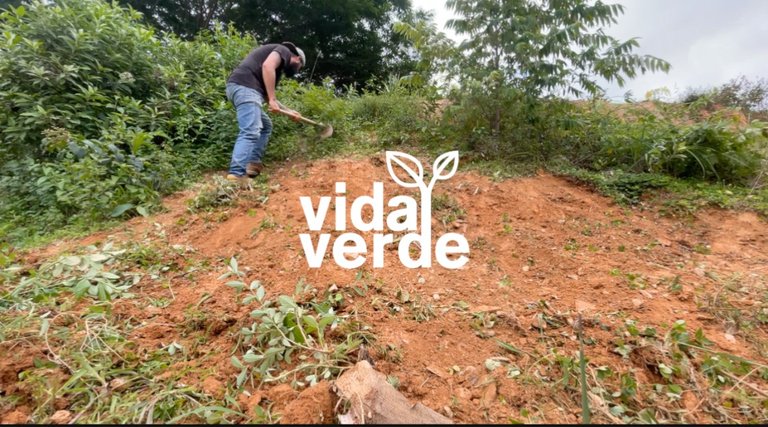
More than 80% of the agricultural products that we know and consume today worldwide were genetically designed in America by the great cultures of Mesoamerica.
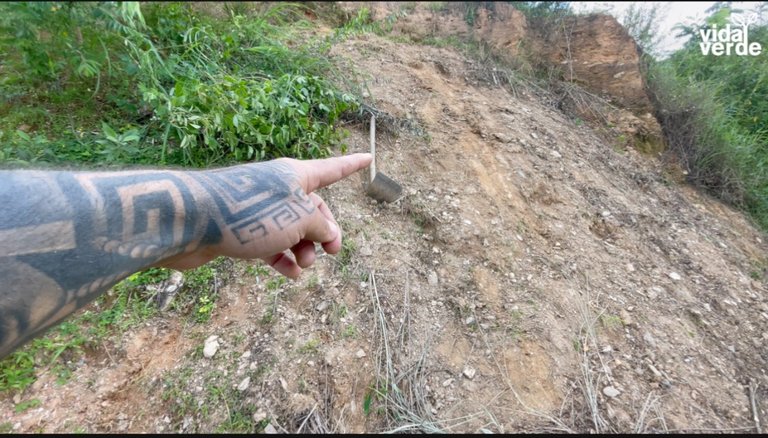
The most used model as a rotating crop and association crop is the Conuco also known in other regions of America as Milpa is a trilogy crop in which mainly Corn, Beans and Yucca are used, this can vary depending on the region since Yucca is native to South America and dates back 5000 years.
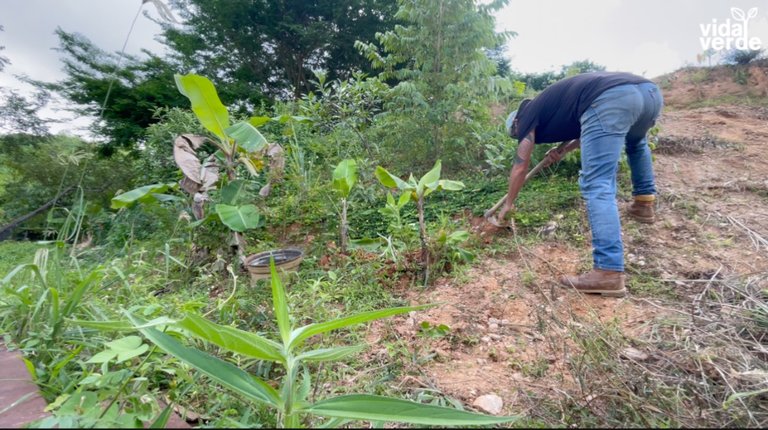
Other crops are also added such as ocumo, yam, pumpkin if they are rotating some perennial crops such as banana or plantain are left which are varieties of Banana, papaya crops are also found.
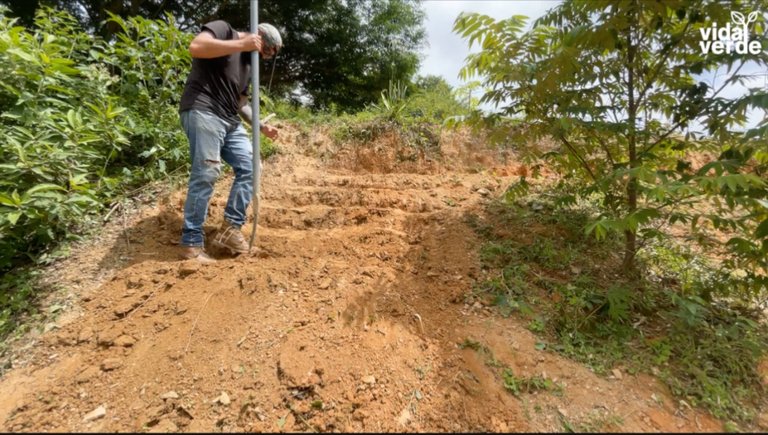
One of the reasons for this trilogy is the association, since corn is quite demanding in its development, it requires a lot of nitrogen that is provided by the beans (grains) and the corn provides phosphorus and potassium that is well received by the cassava.
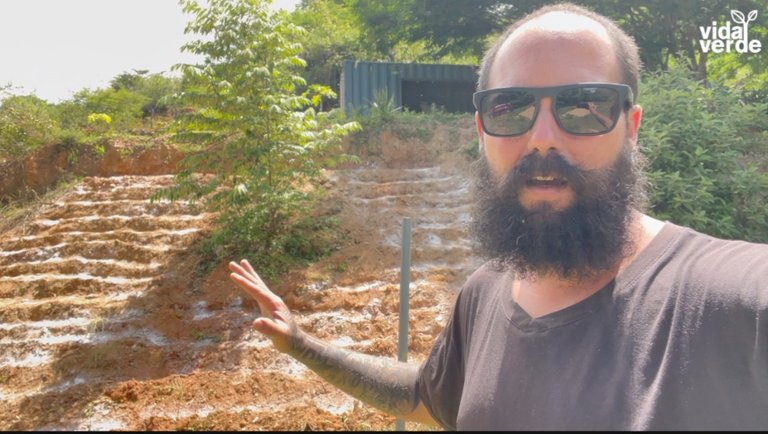
The conuco systems are generally made on mountain slopes where they are cut down, then burned and then planted.
Our method
In our case we use part of the technique since we use a piece of land to fill that we have enriched with calcium since it is a clay soil that is highly acidic and with agricultural lime it is ideal to regulate the PH of the soil as well as control some types of bacteria.
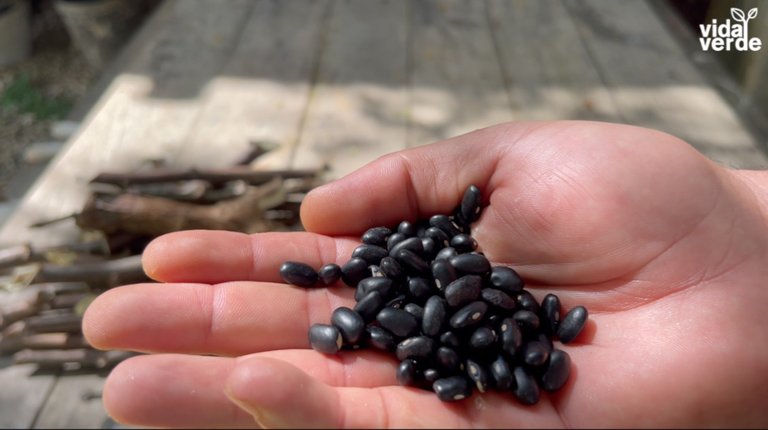
I got the corn seeds thanks to a farmer friend who gave me approximately 1 kg of seeds. I bought the black bean seeds or grains at the supermarket and I asked a neighbor who recently harvested the cassava seeds for me.
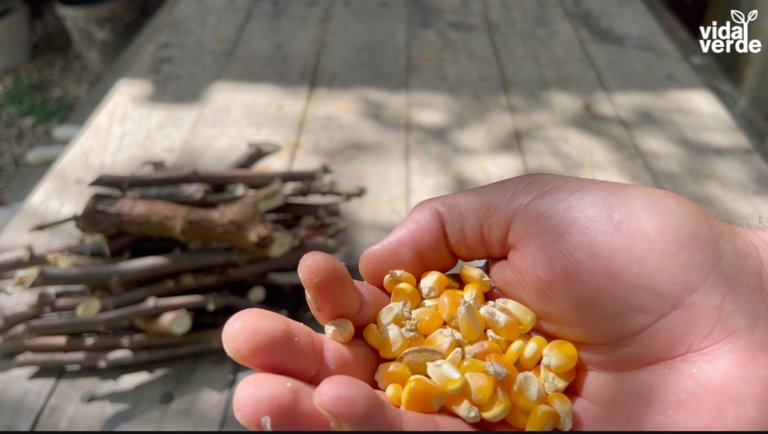
At this stage I prepared the ground with the help of a bar to make small stairs, thus removing some of the weeds that were in this place, in addition to moving the soil to better root the crops.
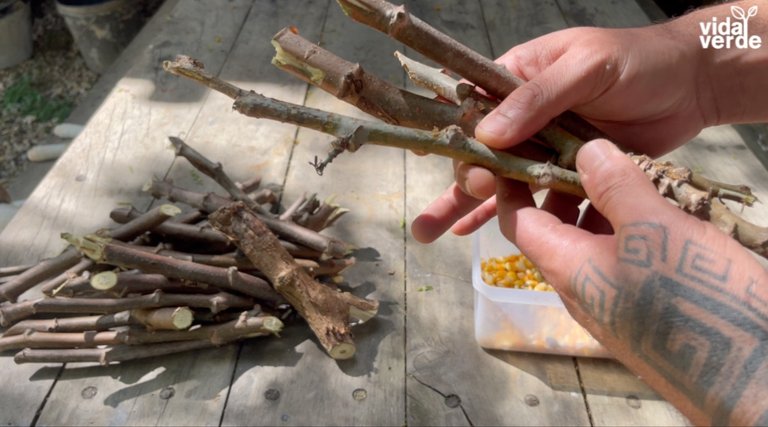
We applied agricultural lime so that for the next seasons the condition of the soil has improved. Then I selected the seeds and I planted corn every 20 centimeters per row and in the middle I placed bean seeds. Normally 2 to 3 corn seeds and 2 to 3 bean seeds are placed in previously opened holes 10 centimeters deep.
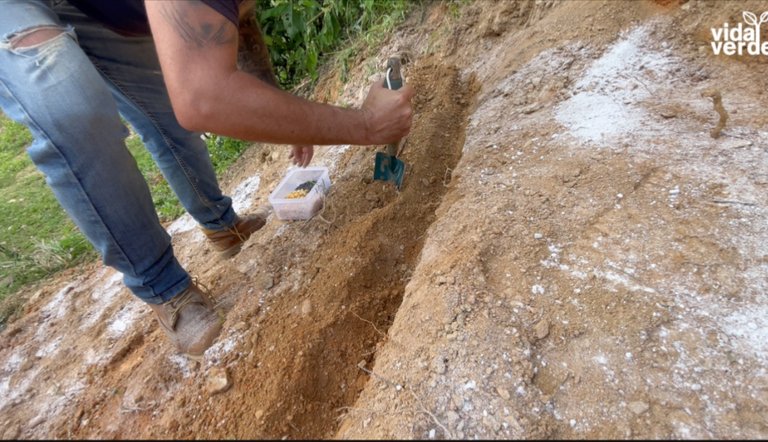
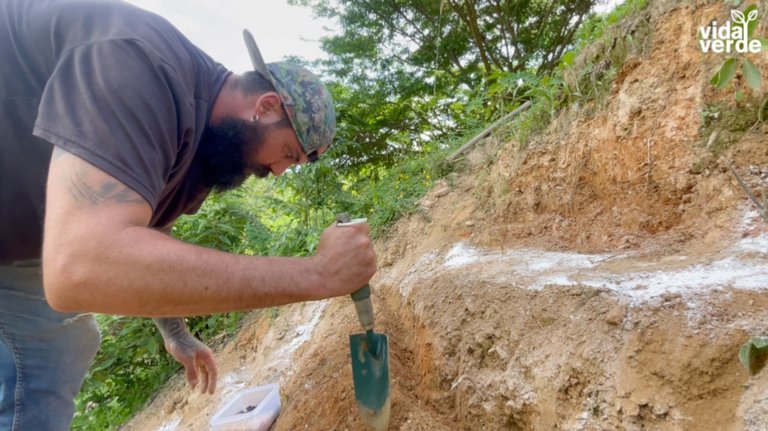
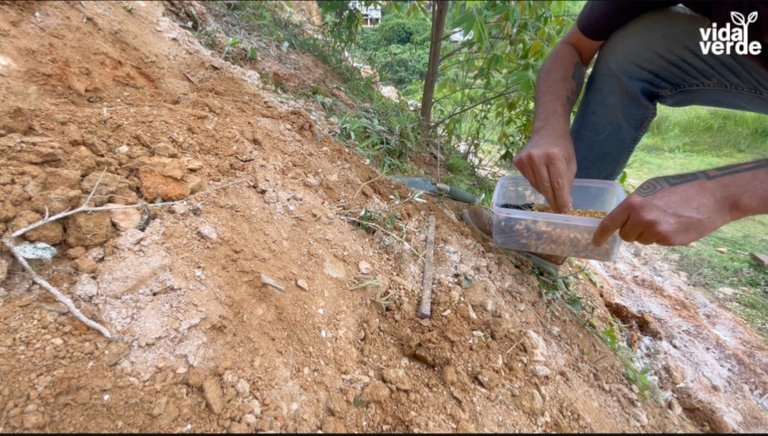
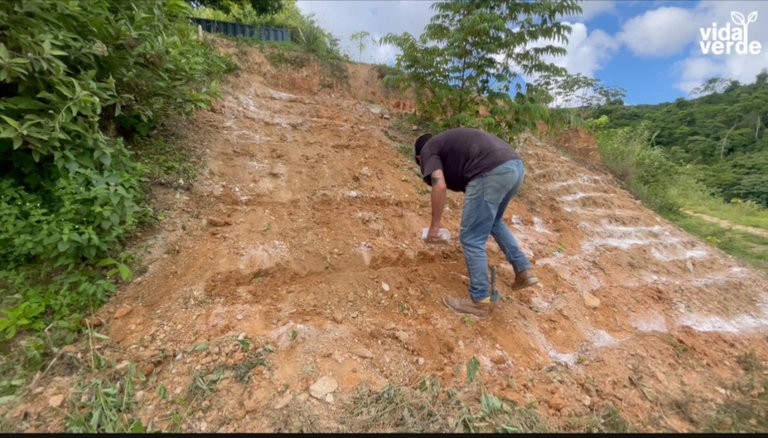
Now we just have to wait for the rains to continue so that our conuco will show its first sprouts, which will indicate that everything was done well, and then it is time to wait for the first harvest, which will be the corn harvest that will take about 60 days to produce the first ears of corn.
I hope this has served you as a learning experience and if you have done your own conuco or Milpa cultivation do not hesitate to leave your experience so we can share this ancestral knowledge.
Enjoy
If you want to see the video of this experience I leave you the YouTube link so you can appreciate even more all the details.
A really interesting post for those who don't know about this method. So many ancient farming methods are better for the environment and are less labour intensive. Thanks for sharing!
We support gardening, homesteading, cannabis growers, permaculture and other garden related content. Delegations to the curation account, @gardenhive, are welcome! Keep an eye out for our weekly writing prompts and our monthly #gardenjournal challenge on the 1st of each month.
Hello @gardenhive greetings. Thank you for appreciating my publication.
Certainly for those who do not know this ancestral method! Here in America it is widely used although from one region to another there are their differences in names and crops. For us it is still fascinating and very nice to maintain the culture.
I'm really interested about the bacteria! I think a lot of modern methods miss this step. Good soil bacteria is everything!
Bugs bugs bugs and bacteria that's how our ecosystems work.
Industrial techniques only use toxic chemicals that kill our beautiful earth. Let the earth live.
Thanks for reaching out here and appreciate a hug 🫂.
@riverflows
Wow same here in the Philippines🥰
What a joy to see this! It is incredible how agriculture is similar in different parts of the world. It certainly connects us, unites us.
The Philippines shares with Venezuela the Spanish invasion ... they left traces.
Greetings and thanks for appreciating
@shymmering
Que lindo conuco 🌽🌽🌽
Nuestro conuco de amor 🧡